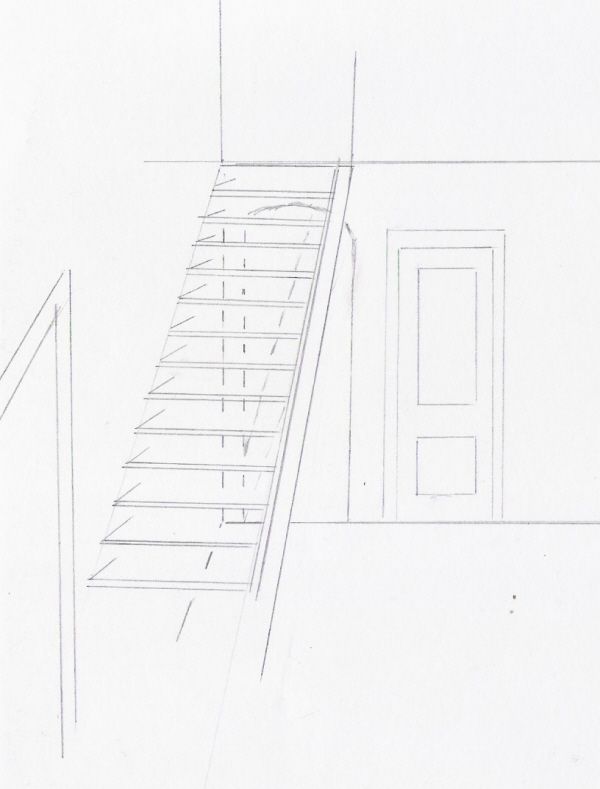Originally posted by David Orsam
View Post
Hard to figure out what people make of information sometimes, often I read some pretty unique interpretations.


Leave a comment: